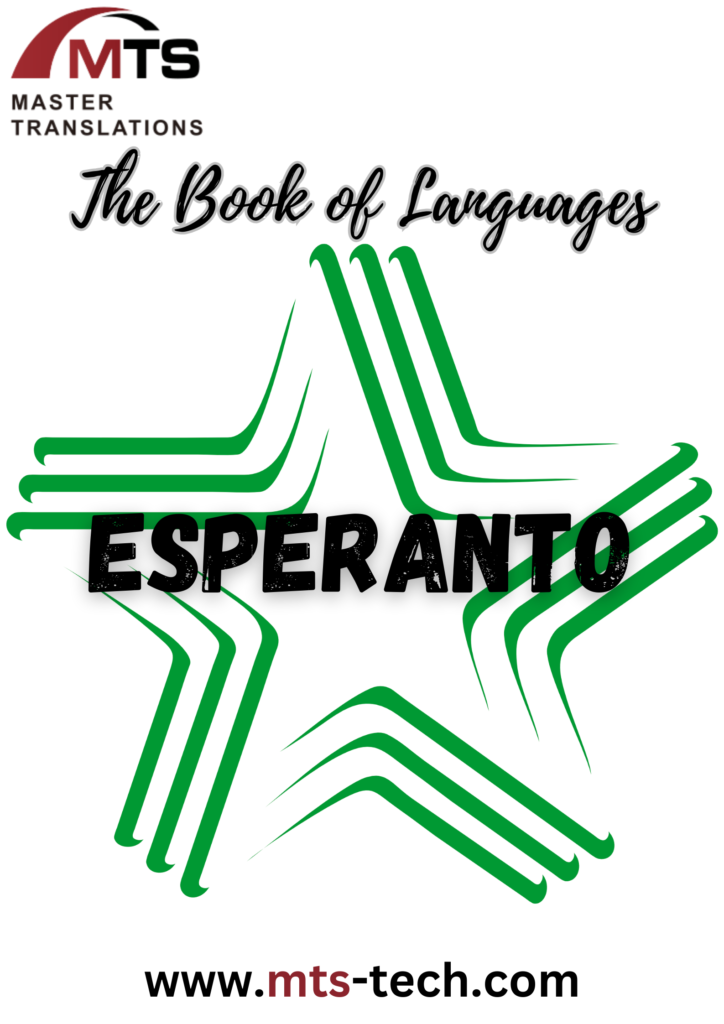
Esperanto isn’t your typical language. Invented in 1887 by L. L. Zamenhof, it’s the most successful constructed language around, designed to be super easy to learn and to help people from different cultures communicate. It’s like the Swiss Army knife of languages – practical, straightforward, and surprisingly useful.

The Background
Zamenhof, the brain behind Esperanto, was a real visionary. Living in Bialystok, a melting pot of ethnicities and languages, he saw how language barriers created misunderstandings. So, he created Esperanto, combining bits and pieces of European languages to make a neutral, easy-to-learn tongue. It was like a linguistic peace offering to the world.
Words!
Esperanto’s vocabulary is a playground. “Krokodili” means to speak your native language in a group of Esperanto speakers – it’s like being the odd one out. Then there’s “Poŝtelefono,” literally a “pocket telephone” or a mobile phone. Simple, right? And for coffee lovers, there’s “Kafo kun amiko estas bona komenco.” It means “Coffee with a friend is a good beginning.” Who can argue with that?
Esperanto’s got some neat tricks. Its grammar is super regular – no weird exceptions or irregular verbs. The vocabulary is like a mix-and-match game, where you can combine roots and affixes to create new words. Plus, it’s phonetic, so you say it like you see it. Learning Esperanto is like putting together a fun puzzle – each piece fits perfectly.

Universala Kongreso

You might think Esperanto is just a hobby, but it’s got a life of its own. There are books, music, and even movies in Esperanto. Every year, Esperantists (that’s what Esperanto speakers are called) gather at the Universala Kongreso, a big international meetup. It’s like a language festival where everyone’s invited, and Esperanto is the star.
Learning Esperanto is catching on. It’s popular with language enthusiasts and people who love the idea of a language that’s all about bringing people together. There are online courses, apps like Duolingo, and local clubs all over the world. Plus, once you learn Esperanto, learning other European languages gets a whole lot easier.
So that’s Esperanto for you – a language with a mission, a community, and a whole lot of heart. It’s about making connections and breaking down barriers. Esperanto might have started as an idealist’s dream, but it’s turned into a real-life global phenomenon.
